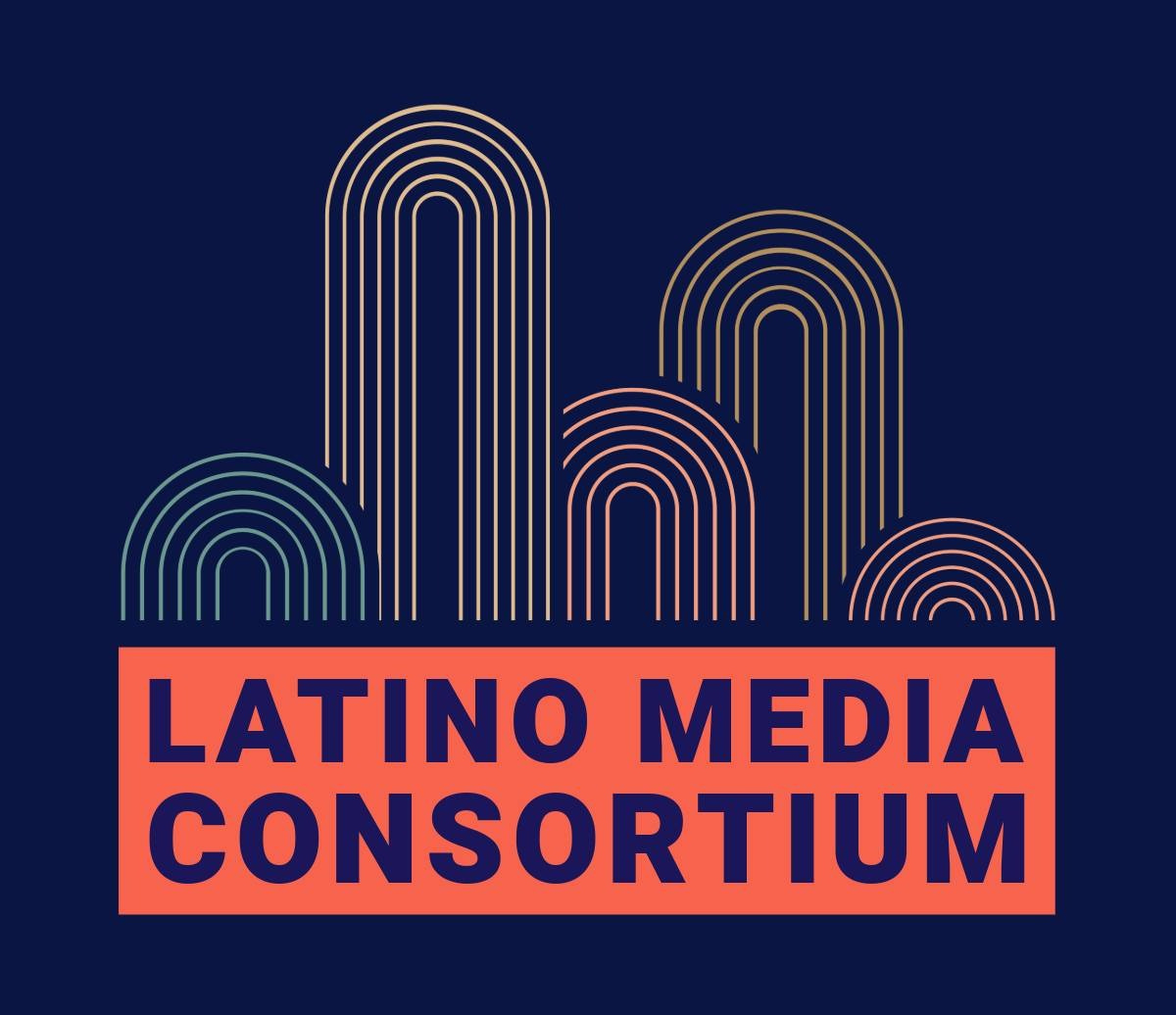From crisis to opportunity
Three takeaways for public media from the Latino Media Consortium launch
The Latino Media Consortium officially launched this month, marking a significant moment in the landscape. This consortium brings together major players in the Latinx media space with the ambitious goal of transforming how media serves our communities.
For public media, the emergence of the LMC offers more than just industry news—it’s a blueprint for understanding persistent gaps in representation, audience engagement and sustainability.
What should you know? I’ll explain, and note three key takeaways for the industry to watch. 🪑
Why should public media care?
As public media strives to reflect the communities it serves, engaging with the needs of Latino audiences has never been more critical. Latinos represent one of the fastest-growing demographics in the U.S., and yet the media ecosystem often falls short in representing those experiences. The Latino Media Consortium not only seeks to address this gap, but it also offers lessons that public media can apply to better serve diverse audiences.
I’ve written previously about some of the trends and difficulties our system is facing. Here’s briefly what you should know about the LMC, as you’re considering your own approaches.
The consortium’s focus is on Latino-owned and/or founded organizations and community-centered media models. The core argument is a compelling one: investment leads to desired outcomes, including more equitable and responsive storytelling. Moreover, the consortium aims to reshape the way Latino media operates in the U.S.
Let’s dive into the LMC’s strategic approach and explore three key takeaways public media should keep an eye on. 👇🏼
1️⃣ Transition to community-first models
One of the most significant LMC positions is the move from traditional media to community-first, multilingual platforms. While public media often emphasizes scale and reach, the consortium focuses on creating meaningful engagement with local communities. This vision prioritizes impact over metrics, centering content that speaks directly to the diverse, bilingual experiences of the Latino population.
In public media, our KPIs are often tied to Nielsen ratings or web analytics, but these might not be capturing the full picture when it comes to serving Latino audiences. The LMC’s vision encourages us to rethink how we measure success—by centering community relevance, we can foster better relationships that resonate deeply with underrepresented communities.
2️⃣ The why behind investment
Another area for attention is how the consortium’s strategy includes capacity building for Latino-owned media organizations. This is a refreshing departure from the project-based funding model we often see in public media, which can feel limiting. By focusing on long-term sustainability, the consortium aims to build a resilient ecosystem where Latino media outlets can thrive independently.
Public media can learn from this model by shifting towards more holistic support for community-based journalism. Pooling resources and investing in local outlets—especially those led by or serving communities of color—could strengthen our media landscape. The LMC shows that investing in the core capacity of organizations, not just their projects, is essential for building lasting media.
3️⃣ Naming the BIPOC media crisis
The backdrop to the consortium’s formation is a crisis within media—newsrooms are shrinking, trust in media is waning, and investment is scarce. The LMC is pushing back against this decline by advocating for community-driven media that serves the interests of Latino audiences.
Public media, which often frames its mission around supporting democracy, should consider the LMC’s focus on addressing inequities in the media landscape. As we grapple with our own challenges—declining trust and shrinking revenue—the consortium’s approach is a reminder that inclusion is not just a democratic imperative but an economic one. Neglecting the needs of Latino communities (and other underrepresented groups) could mean missing out on critical growth opportunities, both in terms of audience and impact.
Finalmente
The Latino Media Consortium’s goal of raising $100 million over five years to support Latino media is bold, but it reflects the scale of change needed. By securing sustainable funding and focusing on community-first approaches, the LMC is poised to empower Latino media to tell more authentic, relevant stories that reflect their audiences.
For public media, the consortium offers a roadmap to an equitable strategy. By learning from the consortium’s approach, we can better serve diverse communities, build more resilient media ecosystems, and strengthen our role in a multicultural society. The success of the LMC could inspire other initiatives across public media, helping to reshape how we think about diversity, equity and representation in the industry. 🟢
Cafecito: stories to discuss ☕
El Tiny: NPR announced another AltLatino series this year for Hispanic Heritage Month, featuring artists at the iconic Tiny Desk. 🪗
KTEP among collaborators: Nieman Lab covers a new collaboration between public and commercial media to cover the U.S.-Mexico border. 🖊️
LAist in collaboration too: The public broadcaster is among many organizations looking to elevate local news and bilingual coverage in Los Angeles via a new alliance. 🗒️
Resource translation: Listening Post Collective has translated its Civic Media Playbook into Spanish. 🎯
Spanish podcast on journalism: The International Center for Journalists has released Hablando en Plata, a Spanish-language video podcast on the struggles facing journalists in exile. ⏩
Latinx opinion. Pew Research has comprehensive research on how Hispanics feel about the term and whether it should be used. 💽
Felicidades: The Pivot Fund announced Paola Marizan is joining the team. 🪩
El radar: try this 📡
Learn from others during Hispanic Heritage Month. The Corporation for Public Broadcasting posted some impressive examples of public media efforts to engage Latine viewers and listeners. 🔍
Ask about immigrants’ economic muscle. WBEZ covered the economic impact of primarily Mexican immigrants in select neighborhoods in Chicago. While this story is based on a local study, chances are this trend is being tracked in your area.
Also in Chicago: WBEZ interviewed an author about tias (aunts), who have a lot of weight in the culture. 👩 Locals surely have memories about what theirs mean to them.
Keep exploring Census data. St. Louis Public Radio deserves kudos for looking at the numbers and reporting on how the Hispanic population is growing in the county. 💯
Check on mental health services. Spokane Public Radio examined how nonprofits are meeting mental health needs in their nearby cities and towns. ⚕️
And reproductive health awareness. Next City has a powerful story you could localize. 🏥 How does an immigrant with HIV navigate your state and county health offerings? How much do immigrants in your state understand reproductive rights in your region?
The next OIGO arrives Oct. 4. If all goes to plan, I’ll have a special visit for you. 👏 KEXP’s Albina Cabrera, host of the iconic station’s Latin-music show El Sonido and lead on its Latine initiatives, sits with you to share her incredible work.
I appreciate those of you who have bought me a coffee in support of the work. 😻







